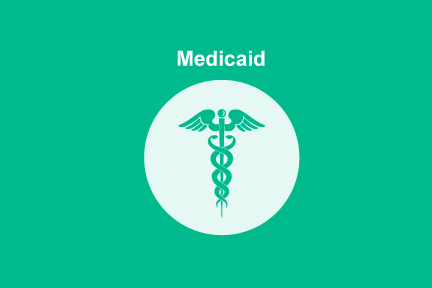Medicaid Planning Basics

What is Medicaid?
Medicaid is a medical benefit program provided jointly by the federal government and by the state in which you live. It covers individuals with lower income, as well as the blind, elderly (over 65 years of age), and disabled.
Why should I do Medicaid Planning?
Americans are living longer than ever, but with that comes an increase in the likelihood that most of us will need some sort of long-term healthcare. Nursing home care is expensive, and home healthcare is even more so. In the absence of good Medicaid planning, these expenses can exhaust your finances, leaving no assets behind for your children or other beneficiaries to inherit.
Although thinking about your end-of-life care is not a comfortable topic for anyone, the best time to plan is while you are healthy, before you require long-term care. Not only does this make it easier to get the care you need when the time comes, but it will also help you to protect your assets for your loved ones.
How does Medicaid Planning Work?
To qualify to receive Medicaid benefits, your monthly income and assets must be below a specified level. Each state has its own rules about what level of income or assets will qualify you to receive Medicaid benefits, although all must comply with the minimum federal rules. However, only the income and assets that you have direct access to, or that would be available to you to pay your medical bills, may be considered when determining your Medicaid eligibility. There are several strategies that can be employed to shelter your assets by making them unavailable to you for paying your bills, thus making you eligible for Medicaid benefits.
In addition, some assets could be considered exempt and may not count towards the eligibility review for Medicaid purposes. Although each state has its own list of exempt assets, generally these would include the family home, pre-paid burial expenses, term life insurance, and one car.
Some Common Medicaid Strategies
One common way to shelter assets from Medicaid is to form an irrevocable trust (a trust that, once established, cannot be changed or terminated), and place assets into that trust. Any assets placed in an irrevocable trust will not be counted as assets for purposes of determining Medicaid eligibility. To be effective, the trust must usually be in place and funded for a specific period of time before those assets can be protected from Medicaid.
If you are married, your assets and your spouse’s assets are combined together when determining whether one spouse is eligible for Medicaid. The healthy spouse who is not seeking Medicaid benefits is entitled to keep all of their own income, and is entitled to a spousal allowance. The spousal allowance is usually half of the amount of the pooled assets, but this may be insufficient to sustain the healthy spouse’s lifestyle, particularly if the spouse has limited income. One strategy to avoid this problem is for the healthy spouse to use jointly owned assets to buy an immediate annuity. Purchasing an annuity converts the asset into income for that spouse, which they can then retain.
You may also want to transfer assets to your loved ones during your lifetime by gifting money or assets, thereby reducing the amount of assets available to pay your medical expenses.
Medicaid Look-Back Period and Penalties
Whatever strategies you employ in your Medicaid plan, they will be subject to the Medicaid look-back rules. To be eligible for Medicaid, you cannot have recently transferred your assets. When you apply for Medicaid benefits, the state has a right to review not just your current finances, but also your finances for a period of time before the application to determine whether you recently transferred assets. The current Medicaid look-back period is five years in most states. This is another reason to begin your Medicaid planning early—namely, before you turn sixty.
If the state determines that you transferred assets within the five years before your application and did not receive fair value in return for the transfer, you may be penalized. The penalty for recent transfer of assets is that you will be ineligible for Medicaid benefits for a period of time. The length of the penalty is determined by a formula which divides the amount transferred by an amount Medicaid determines to be equal to the monthly cost of private pay nursing homecare in your state. For example, if the monthly cost of nursing home care in your state is $5,000, and you transferred assets worth $60,000 within the past five years, you would be ineligible for Medicaid benefits for one year (i.e. 12 months).
There are exceptions to these rules, but these exceptions – and the Medicaid rules themselves - are often confusing and difficult to apply without help from a professional such as an experienced elder law and Medicaid planning attorney. The strategies that can be employed will differ depending on your situation. Consult an experienced elder law and Medicaid planning attorney to protect your assets and plan for your long-term medical care.
Do You Need An Attorney?
If so, post a short summary of your legal needs to our site and let attorneys submit applications to fulfill those needs. No time wasted, no hassle, no confusion, no cost.

